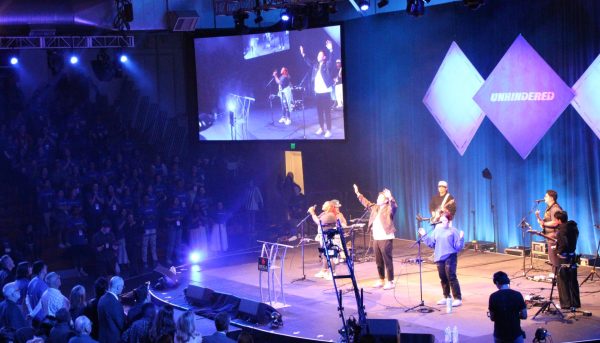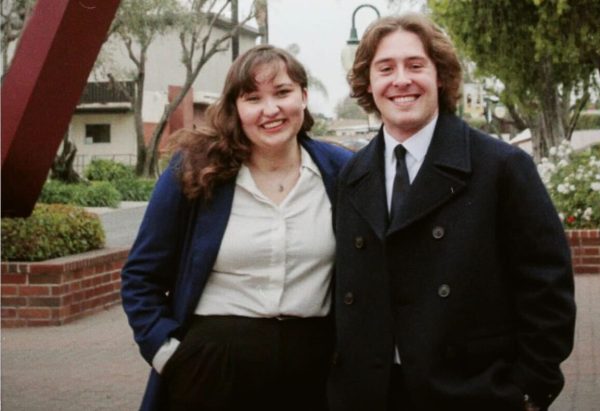Profs teach how to Tweet
“Tworn-again tweeters,” those profoundly changed by Twitter, might be pleased to find that Biola classes are in the process of joining them.
September 21, 2009
“Tworn-again tweeters,” those profoundly changed by Twitter, might be pleased to find that Biola classes are in the process of joining them.
Following a growing national trend, “tweeple” are finding a place for Twitter in the classroom. Educators who once worried technology would only serve to distract students are beginning to use social networks like Twitter for their own ends.
“Twitter has become a phenomenon in 140 characters that challenges individuals to give their news in concise creative ways,” said Tamara Welter, a journalism professor who had last year’s convergent journalism students tweet news and interesting facts from around campus, including the debate over the Jesus Mural.
Investigative teams use Twitter to post ideas and receive feedback. Twitter users can follow politicians, news organizations, and opinion leaders, and, through it, can have news delivered straight to their phones. Advertisers and employers make connections and release information through Twitter. Even the Caf uses the site to post menus. Now, professors are making Twitter part of students’ grades.
Welter recognized the negative possibilities of such a change. With computers, cell phones, and other technology, there’s always potential for distraction, but Welter said being naive would not help any.
“I want to use and redeem the network everyone is using for the classroom and for Christ,” said professor Jeffrey Volkmer, who teaches classes on the Old Testament. “There are people following me I’ve never met and if they follow me, they’re bound to get a bit of the Gospel.”
Volkmer said there are a number of purposes Twitter can accomplish as a homework assignment. He requires his students to write at least one tweet per lecture and one tweet per reading assignment for 10 percent of their grade. Students too intimidated to ask questions in class can ask questions through Twitter, and Twitter creates a community that allows for one-on-one interaction not found in a class like Old Testament with 200 students.
“Because tweets have to be brief,” said sophomore Madison Mitchellweiler, “I’m able to reflect on the material in a way that isn’t time consuming but still keeps me thinking.”
Volkmer said Twitter gives him a feel for where students are at and whether his lectures make sense. Reading “tweets” also gives him a way to know why students do not show up to class, such as when alarm clocks don’t go off or when traffic is slow.
Some students expressed concern over privacy issues, lack of face-to-face interaction, and simply their reluctance toward creating a Twitter account.
Sophomore Krystal House, also know as Krystalhouse08, tweeted, “Although I promised myself I would always avoid Twitter… looks like I can avoid it no longer… sigh.”
Tweets since classes started have included, “I am utterly confused about Twitter, fear not I will overcome,” “I guess I can’t stay on Facebook forever,” “hardest homework assignment ever,” and “was hoping to avoid this meaningless online mass of teenie boppers and celebrities.”
Volkmer said the overwhelming majority of students like the Twitter assignment and are having fun with it, even if they have never used Twitter before. As for those who don’t like it, Volkmer said they can choose not to tweet about personal things if they’re worried about privacy, or they can elect not to tweet at all and get a zero. Welter said students concerned about professors finding out too much about their personal lives could create one Twitter account for professional or school related tweets and another for personal tweets.
“Biola is very relational and integrative in nature,” Welter said. “Being able to welcome social media into our relational construction maybe is more beneficial than other universities might find it.”






